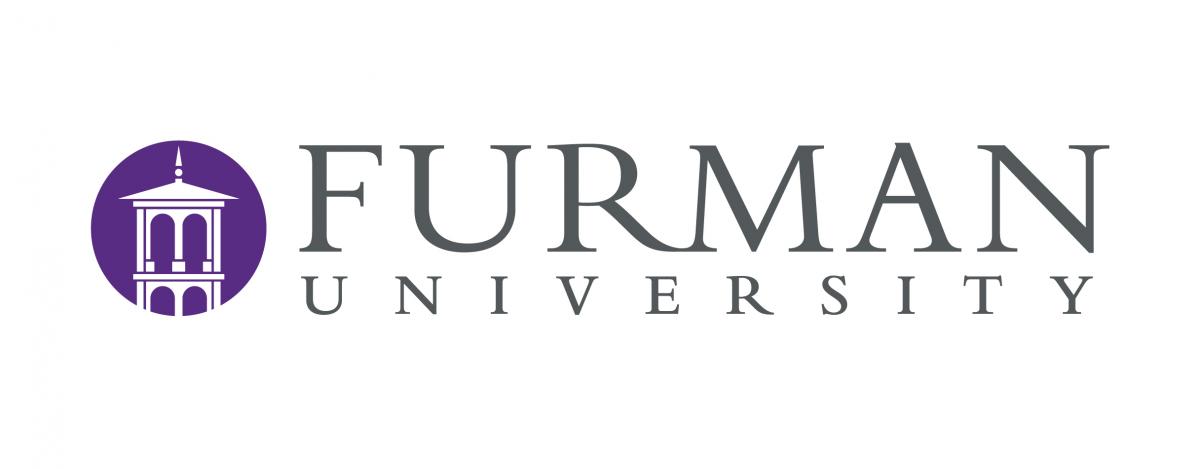On-Farm Biodiversity Tools
The Organic Center collaborated with Professor John Quinn at Furman University on The Healthy Farm Index (HFI) Biodiversity Calculator project to enable farmers to measure and optimize multiple ecosystem services to prevent the decline of on-farm biodiversity.


The concept of healthy farms brings to mind fertile soils, clean water, and abundant wildlife. The vibrance of these ecosystems were at one point taken for granted, but are now increasingly in the news and scientific literature, as we recognize that natural biodiversity on farms has been plummeting due to agricultural intensification.
Organic farming aims to counteract this crash in biodiversity by supporting a thriving on-farm ecosystem. The importance of biodiversity is built into the organic standards: In 2016 the National Organic Program published its Guidance Natural Resources and Biodiversity Conservation, which provides examples of production practices that support conservation principles and demonstrate compliance with the general natural resources and biodiversity conservation requirement of the U.S. Department of Agriculture (USDA) organic regulations.
Unfortunately, measuring biodiversity so that it can be conserved is difficult. This is especially problematic for organic farmers, who are faced with the burden of designing and implementing technical plans.
In this project, we share two tools that can help farmers measure and improve their on-farm biodiversity. One is targeted at organic growers and certifiers, providing a farmer-friendly tool with an interactive front-end interface that includes the mandates released by the National Organic Program in order to aid farmers in technical decisions to increase on-farm biodiversity and comply with the new guidance. The other is not specific to organic growers, and can be used by all farmers to measure and optimize multiple ecosystem services and prevent the decline of on-farm biodiversity while communicating the value of ecosystem services and ensures that ecosystem services remain in the decision-making process of farmers, agency personnel, and other stakeholders.
HIGHLIGHTS
CHECK OUT THE ORGANIC BIODIVERSITY COMPLIANCE TOOL
While biodiversity conservation is mandated by the organic standards, the path to achieving improved biodiversity is vague. This task is complicated by the fact that variation in farm size, type, and geographic location all influence the feasibility and effectiveness of biodiversity-friendly farming techniques making a “one-size fits all” conservation recommendation impossible. The Organic Biodiversity Compliance Tool addresses this by providing a farmer-friendly tool with an interactive front-end interface that includes the mandates released by the National Organic Program in order to aid farmers in technical decisions to increase on-farm biodiversity and comply with the new guidance. Farmers can enter specific information associated with their farming operations in order to evaluate numerous conservation techniques to maximize biodiversity and ecosystem services.
The Healthy Farm Index (HFI) takes a broader look at the ecosystem services biodiversity provides farms, and is not organic-specific, so can be used by all farmers regardless of farming system. The HFI enables farmers to measure and optimize multiple ecosystem services to prevent the decline of on-farm biodiversity. It incorporates multiple outputs from a farm system, reflecting the values of these outputs in a group of indicators within ecological, environmental, and socio-economic categories using measures of farm profitability, biological diversity, and ecosystem services to and from agroecosystems. It also communicates the value of ecosystem services and ensures that ecosystem services remain in the decision-making process of farmers, agency personnel, and other stakeholders.
CHECK OUT THE ARTICLE IN THE ORGANIC REPORT
CHECK OUT THE OREGON STATE UNIVERSITY ARTICLE
What are Ecosystem Services?
Services from nature’s ecosystems, including from well-managed working landscapes, benefit society and each of us. Although we are well aware that food production costs dollars, time, and labor, we often do not consider the fact that agriculture depends on natural processes to assemble sunlight, water, and soil nutrients into an ear of corn, to pollinate a fruit crop, or to provide benefits of pest suppression. These services, and the management practices that support them, are difficult to value in a traditional sense. Consequently, conventional economic means of valuing agricultural landscapes do not typically recognize these essential services or include them in economic decisions. Despite their value and importance, many individuals remain unaware of ecosystem services. Recognizing and communicating the value of ecosystem services is essential to ensure their protection in the future.
Why are Ecosystem Services Important?
Services provided by healthy agricultural systems include the production of food, fiber, and fuel, biological control, pollination, biodiversity conservation, aesthetic landscapes, carbon sequestration, climate control, purification of air and water, production of high quality soil, flood control, and breakdown of waste into nutrients. Though ecosystem services are provided free of charge, their estimated global value exceeds $33 trillion dollars per year. Beneficial species such as insects and birds, for example, provide an estimated $4.5 billion in biological pest control and $3.1 billion in pollination services annually.
How can we improve Ecosystem Services?
Agricultural practices such as organic management, conservation buffers, and agroforestry can improve the quality of these and other services. These practices improve habitat for pollinators, natural enemies of crop pests, and wildlife; provide food and fiber; sequester carbon; moderate crop microclimate; and reduce soil loss.
LEARN MORE: Watch our Healthy Farm Index Webinar
RESEARCH PARTNERS
Dr. John Quinn, Furman University
Dr. Jessica Shade, The Organic Center
FUNDING PARTNERS
The Organic Center
National Co-op Grocers
The UNFI Foundation


